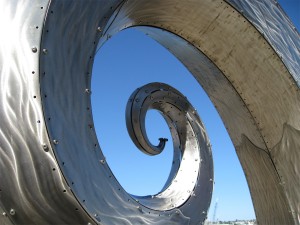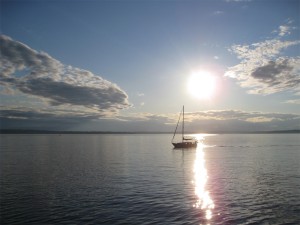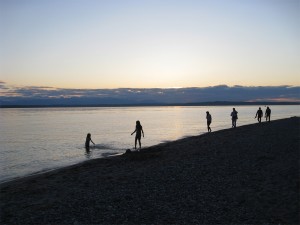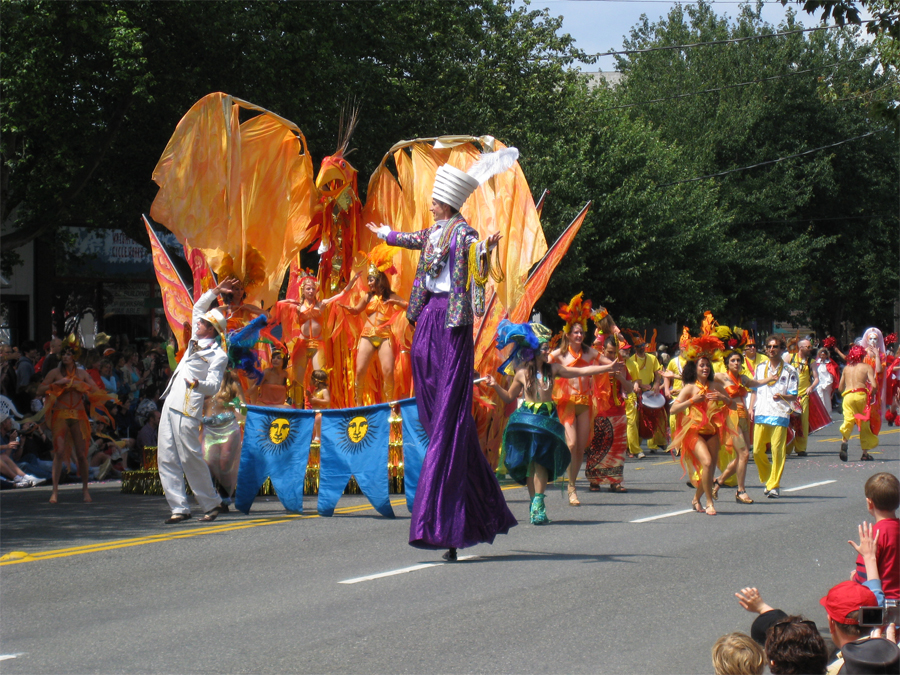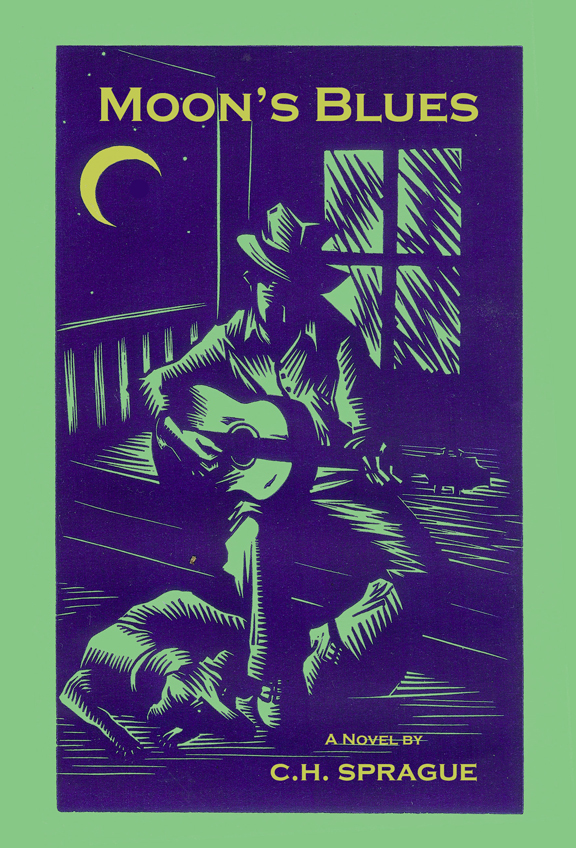I like long books.
Some readers don’t. Some prefer slender paperbacks, which tuck tidily into a suitcase, books which promise not to weigh the reader down with sorrow or reality, even when the plots involve serial murders or child molesters. In fiction, we can expect to enjoy the satisfactions of justice, or, failing that, at least the comfort of revenge.
I’m a fan of Dickens and Melville. I like sagas which go long, take detours, ramble through the wayside and offer disparate views of the action. But, in all my years of reading I’d never met a fantasy saga that got under my skin until I took a chance on George. That’s George R.R. Martin, for those of you who, like me, pay little attention to The New York Times bestseller lists. Had I been taking notice in the past decade I would have been aware of this colossus of invention.
But, wait, you may say, what about Tolkien? Yeah. About that. Back in the day (that would be the late 60s for those of you born too late to enjoy the peculiar blend of insanity and merriment that flourished under the reign of King Richard) the legions of Lord of the Ring worshippers were recruiting heavily, and I tried to like the books. But seriously, I could barely stomach The Hobbit, with its almost complete lack of female characters, its tiresome pacing, its creaky attempts at humor and its general tedium. For years I refused to even pick up the actual trilogy, until the looming film version inspired me to see what all the fuss was about. I dutifully plowed through all three books. And I repeat: almost complete lack of female characters, tiresome pacing, creaky humor, and OMG the tedium.
I realize there are those who hold LoTR as a sacred text, and I mean no disrespect to Tolkien, or the thousands of wannabes who have been trying to follow in his literary footsteps ever since. But really, I think literature grows through innovation that draws not only from the past, but from the gritty present and the vast and unknowable future. And, if that’s the criterion on which we judge the merits of fantasy epics, then the contest is over and George R.R. Martin is the clear winner.
I started A Game of Thrones after reading a funny piece in The New Yorker about Martin’s difficulties with his immense fan base, a vocal minority of whom were irritated because they thought he was taking too long writing the final book of the five-part epic fantasy A Song of Ice and Fire. Within the first hundred pages I was trapped. There was no way I could stop reading this thing.
Some critics have described the work as a blend of Lord of the Rings and The Sopranos, and I can see why they’d make that connection. The story contains some of the classic elements of fantasy – the sword fights, knights, castles, magic, etc., combined with the cold-blooded violence and misogynistic male bonding of the Mafioso genre. Fundamentally it’s about power struggles, and how they warp and wound everyone who gets in the way. But Martin’s epic offers much more in the way of characterization, plot development, and stunning action.
For me one of the most striking aspects is Martin’s credible use of children in central roles. Harking to the grim realities of our own medieval times, when children had to grow up quickly and education was only for the nobility, Martin tells much of the story through the eyes of the five Stark children, most of whom are under 10 years of age at the start of the saga. It’s a measure of his gifts as a writer that we soon forget about age entirely, the way children themselves do, living in the now, believing themselves capable of almost anything, and in many cases suffering terrible consequences.
Another strong point in Martin’s favor is that he has fitted out his saga with more than one strong female character, some of them noble and good, some of them not so much.
And then there’s Tyrion, the dwarf. Brave, cunning, far more decent and kind than he lets on, and supremely likable, for this character alone Martin deserves some sort of merit badge. He’s added to the literary lexicon of unforgettable characters. I don’t get HBO, but I’m already looking forward to seeing the new series based on the saga, especially after I learned that the estimable Peter Dinklage is playing Tyrion. And Jason Momoa is Khal Drogo. OMG.
I’m up to page 700 in Book Two, with miles to go before I’m through. Just how I like it. So that’s what I’m taking to the beach this summer.
Because in Seattle, winter is always coming.


